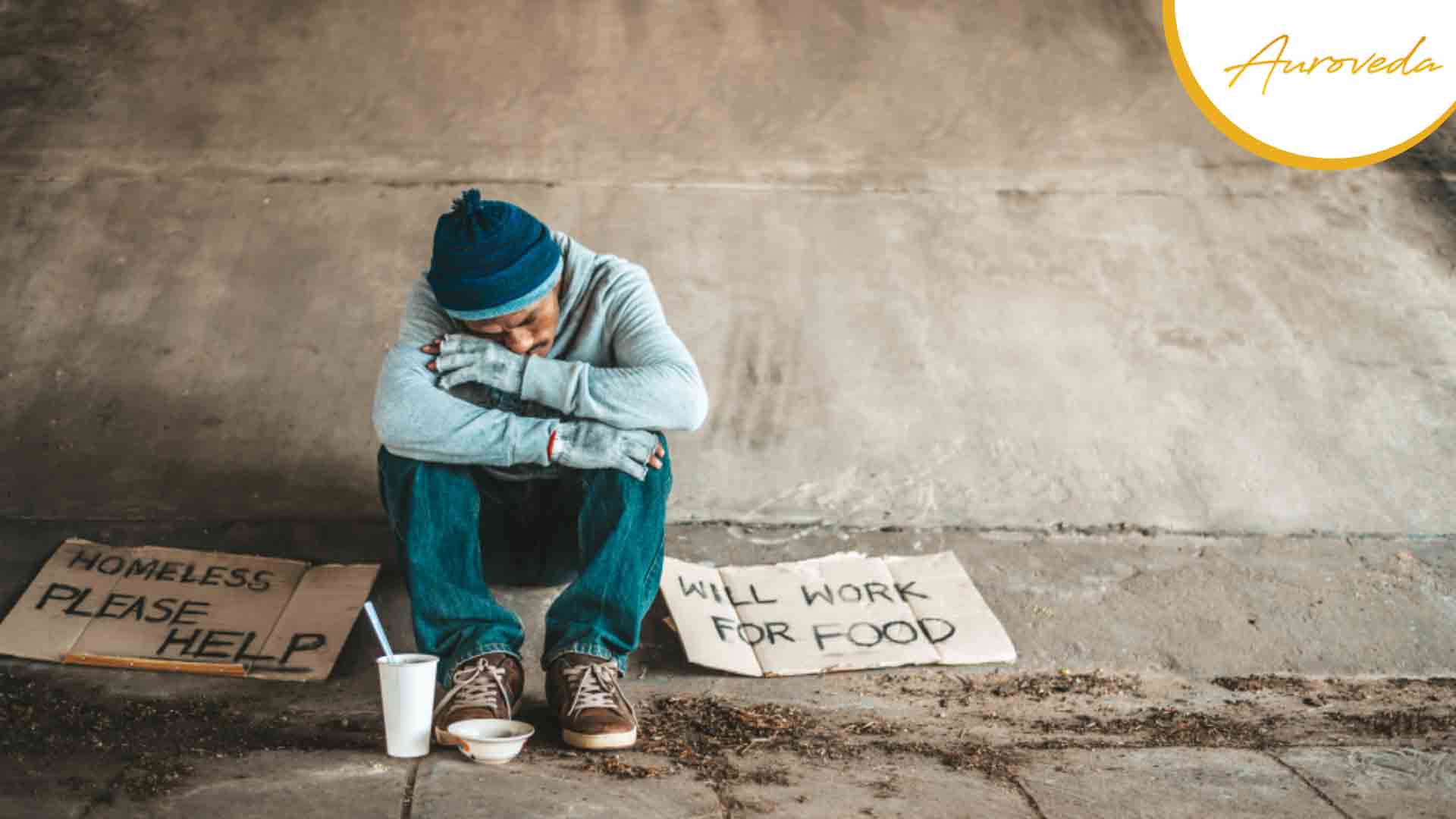Refugees travel to India from a variety of nations, including Sri Lanka, Afghanistan, and Myanmar, to name a few. These refugees’ tales are frequently untold, and many people are unaware of their suffering.
History of Refugees
India has a lengthy history of taking in migrants from its neighbors. Millions of people have been welcomed over the years as they fled persecution and conflict in their own countries. However, there is no special legal structure in India that governs the treatment of refugees, and no such laws exist. Due to this lack of legal protection, refugees in India sometimes live in unfavorable conditions and encounter prejudice and hostility.
Rohingya Refugees
The Rohingya Muslims from Myanmar are one of the greatest refugee populations in India. Although the Rohingya have been fleeing persecution in Myanmar for decades, things have gotten worse recently. The Rohingya were subjected to a harsh crackdown by the Myanmar military in 2017, which resulted in thousands of deaths and hundreds of thousands of refugees fleeing to nearby nations like India.
In India, the Rohingya refugees encounter numerous difficulties. Since the Indian government does not recognize them as refugees, they are not entitled to essential services like healthcare and education as well as legal protection. Additionally, they are liable to arrest and deportation, and many of them constantly worry about being returned to Myanmar, where they risk additional suffering.
The Rohingya refugees in India frequently live in appalling conditions. Many people lack access to clean water and proper medical treatment and live in congested, unhygienic camps. Since the camps are frequently situated in isolated places, it can be challenging for refugees to acquire basic services or find employment.
The population at large in India discriminates against and is hostile toward the Rohingya refugees. They are frequently seen as a drain on the nation’s resources, and many people think they ought to be sent back to Myanmar. Rohingya refugees have experienced acts of violence in India, and they routinely encounter harassment and prejudice.
Afghan Refugees
Afghan refugees are another category of refugees that take shelter in India. Many Afghans have left the nation in search of safety and stability because of the protracted violence there. There are presently about 15,000 Afghan refugees living in India, which has long served as a haven for Afghan refugees.
The Rohingya and Afghan refugees in India deal with many of the same issues. They lack legal protection and access to essential services since the Indian government does not recognize them as refugees. Additionally, they run the risk of being detained and deported, and many of them live in constant terror of being returned to Afghanistan, where the security situation is extremely uncertain.
The Afghan refugees in India also face discrimination and hostility from the local population. They are not fully assimilated into Indian society and are frequently seen as outsiders. They frequently live in poverty and have trouble getting access to education and employment.
Sri Lankan Refugees
Another group of refugees in India comprises those from Sri Lanka. Numerous Tamils have fled Sri Lanka in search of safety and stability due to the protracted violence there. There are currently about 100,000 Sri Lankan refugees living in India, which has always served as a refuge for those fleeing their home country.
Current Situation in India
India provides temporary accommodation and basic essentials for refugees, but the integration process into Indian society can be challenging. Long wait times can negatively affect refugees’ chances of integrating, yet they frequently have to wait months or even years without receiving any language instruction or other integration support, such as skill assessments and civic integration classes.
For the benefit of both refugees and host nations, it is essential to pay close attention to how to effectively encourage refugee integration. We need to educate ourselves on the plight of refugees in India and find ways to help.

